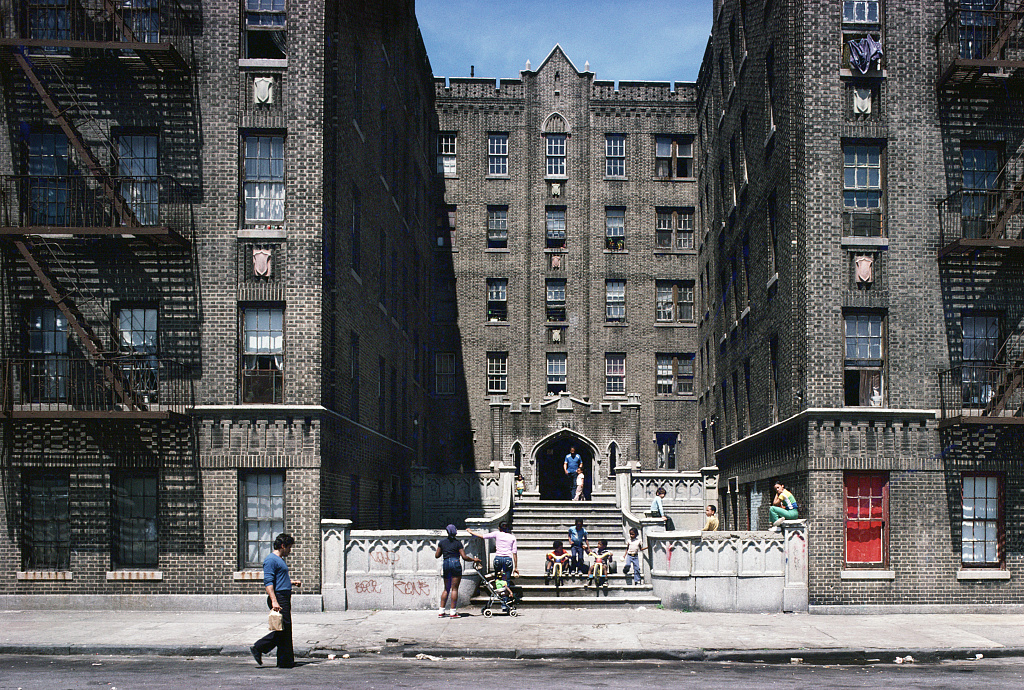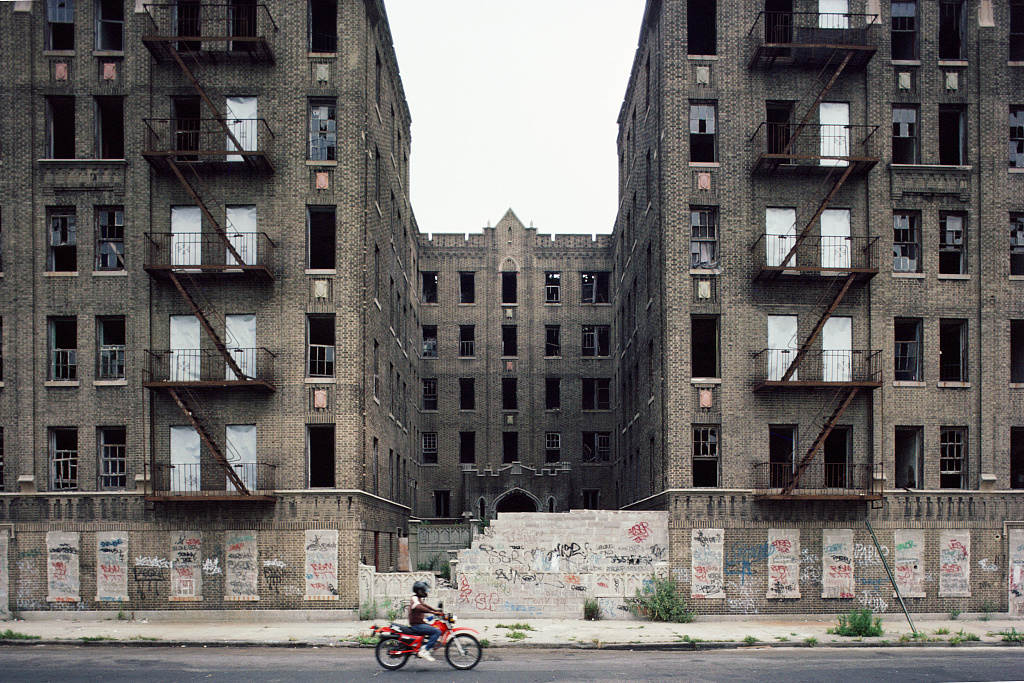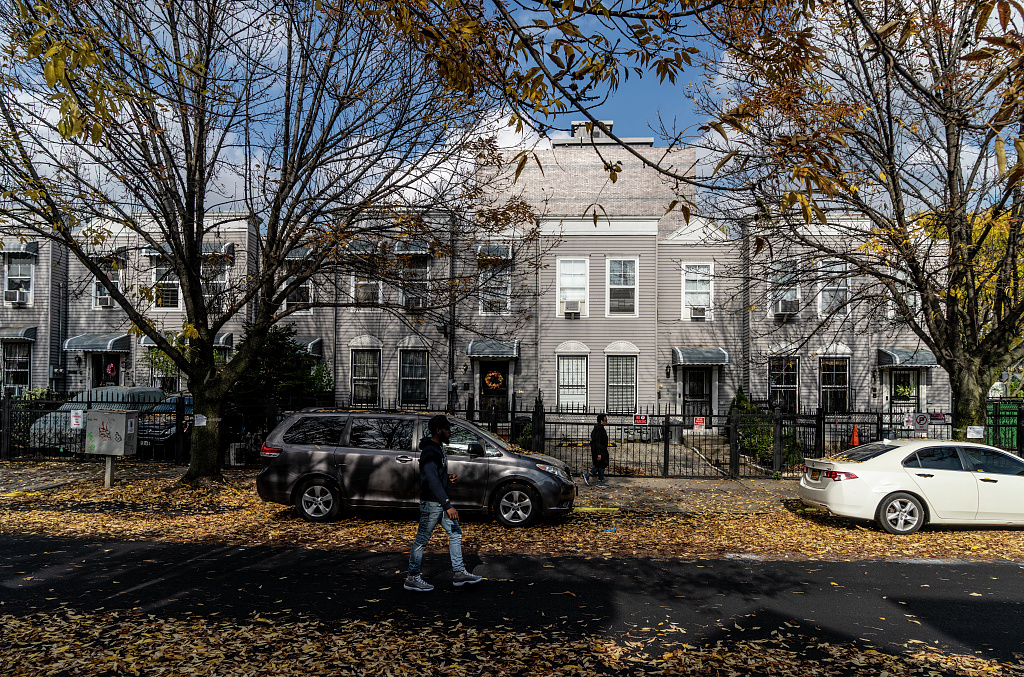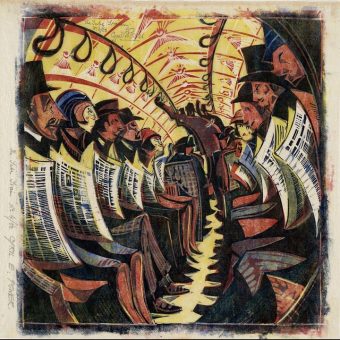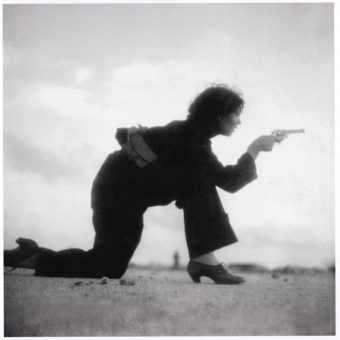“I feel that a people’s past, including their accomplishments, aspirations and failures, are reflected less in the faces of those who live in these neighborhoods than in the material, built environment in which they move and modify over time. ”
– Camilo José Vergara
Since 1980, Chilean-born photographer Camilo José Vergara has been marking the changes at 178th St Vyse Ave in New York City’s South Bronx.
He’s been recording the country’s evolution over four decades, focusing on poor and segregated communities in urban America, of which the south Bronx is one.
Camilo photographs the exact same place year after year, chronicling dereliction in Los Angeles, Chicago, Newark, Camden (New Jersey), New York and Detroit, becoming “an archivist of decline”. For consistency, he uses equivalent cameras and lenses so the images can be compared. In this album we see life on 178th St at Vyse Ave, South Bronx, NYC. The story begins (above) with a picture of families living at the address in the 64 apartments housed in a large, castle-like building.
“I feel that a people’s past, including their accomplishments, aspirations and failures, are reflected less in the faces of those who live in these neighborhoods than in the material, built environment in which they move and modify over time,” says Vergara on his website. “Photography for me is a tool for continuously asking questions, for understanding the spirit of a place, and, as I have discovered over time, for loving and appreciating cities.”
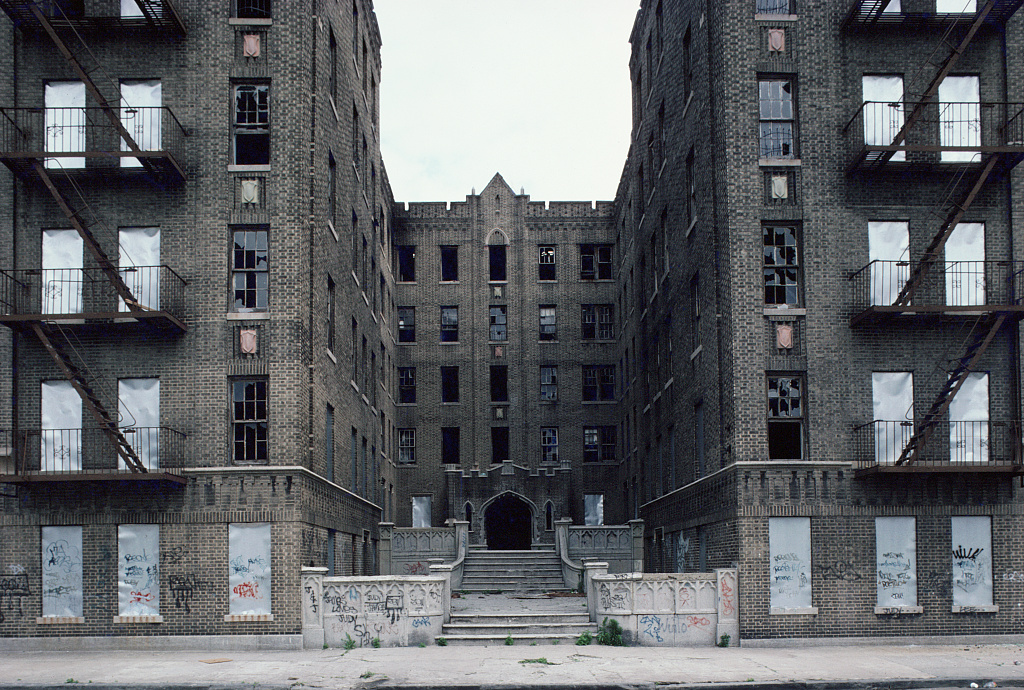
Vyse Ave at East 178th St, Bronx, N Y, June 1982
“All of this comes from the idea that the real poor and segregated neighborhoods are different in every aspect. It’s the idea that you have separate Americas… what really fascinates me is the history of places that are in decline because everybody concentrates on the history of places that are moving up, but the other process is just as interesting. It involves people, people coping with their circumstances and its arresting visually too.”
– Camilo José Vergara
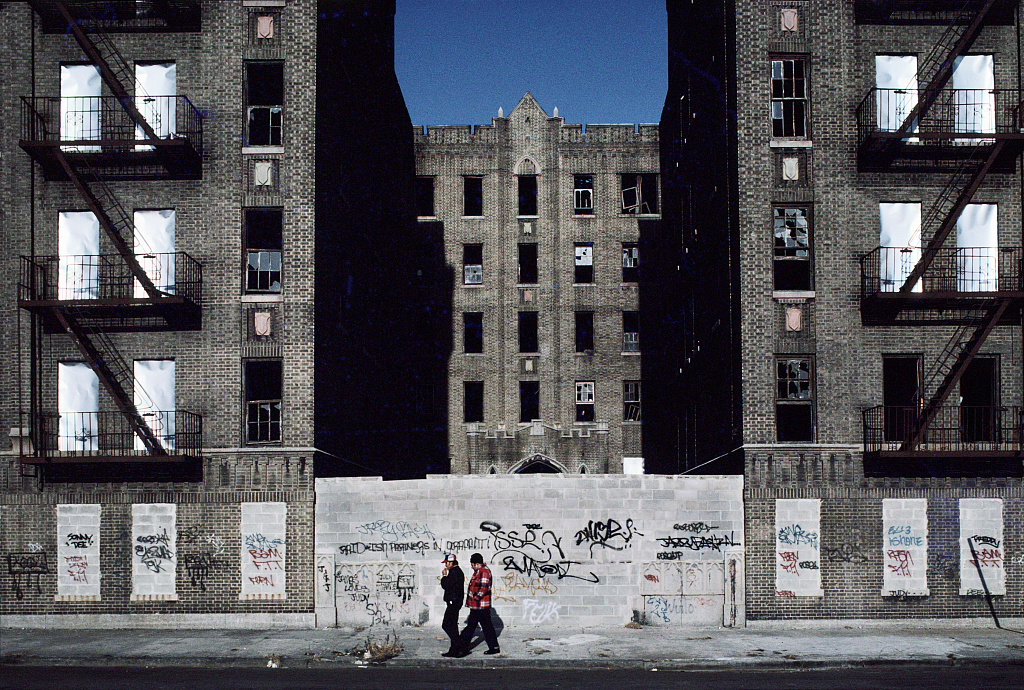
Vyse Ave at East 178th St, Bronx, N Y, January 1983
“You develop a relationship with the city. You don’t declare that you’re going ‘steady’ with that city until you’re going to be back unless you have some assurance that you’re going to do it — it’s like having a girlfriend.”
– Camilo José Vergara
In conversation with the Architect Newspaper, Vergara explained his method:
“You need the money to go there on a regular basis; you need somebody to put you up, or enough money to pay for a hotel; you need money to rent a car, and all of those things are expensive,” he explained. Detroit, in particular, became available to Vergara on a regular basis in 1991 when his brother-in-law purchased a building there that was only ever two-thirds occupied. All he needed, he proclaimed, was a mattress and he was set.
Before the internet, getting back to an exact location required lots of notetaking. Besides location, Vergara added, the same lens is required and the lighting needs to be similar, if not the same (so you have to be there at the same time of day). “And then sometimes it is rush hour and traffic is in the way, or you have you park your car in the middle of the street and stand up on the roof,” Vergara continued “I do that all the time! The car is running, I’m up on the roof, but I can get away quickly if I needed to.”
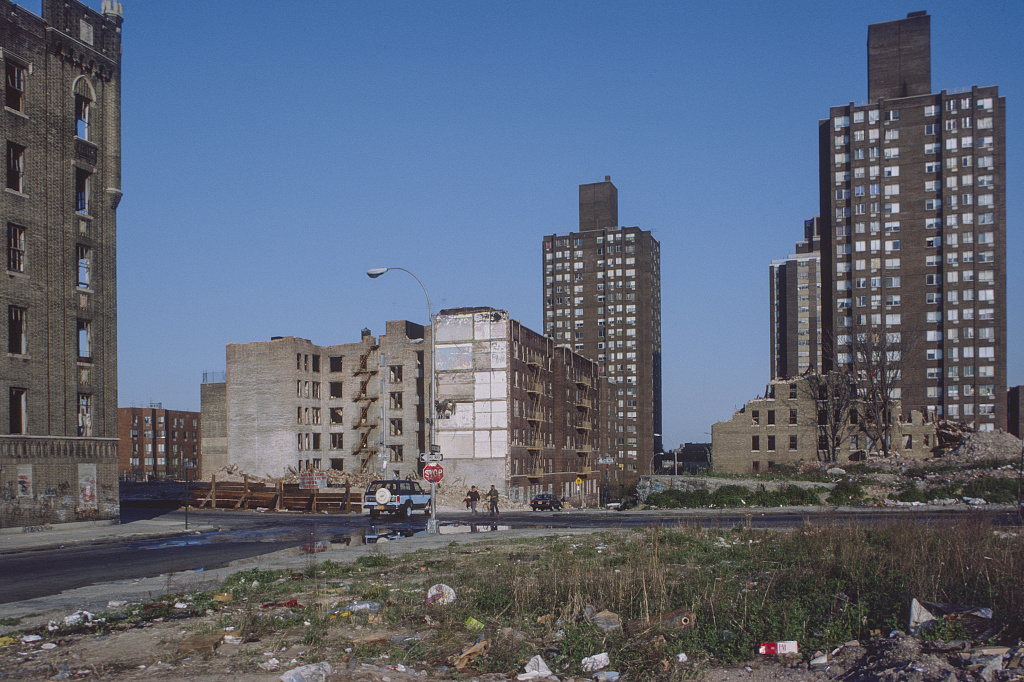
View east along 178th St., towards Vyse Ave. Bronx, 1985
In an essay from 1991, Frederique Krupa looked at the process of abandonment and change these pictures chart, with reference to Vegara’s book The New American Ghetto:
Due to the media’s sympathy to the homeless and the corruption scandals that emerged in 1986, [New York Mayor Ed Koch] Koch decided to provide the city with 84,000 new and 168,000 renovated apartment units. Thirteen large shelters for the homeless were added, bringing the total cost of this project around $5.1 billion. The city was thriving at the time and could borrow the money, even though the Reagan Administration was reducing federal support for such programs. The press accepted the plan enthusiastically and uncritically for the most part and played a big part in selling it to the public. This plan was going to resurrect blighted neighborhoods.
Vergara shows exactly what has happened to these neighborhoods. By essentially dumping the new shelters and apartment buildings in devastated, minority neighborhoods on the outskirts of Brooklyn, the Bronx, Queens, Harlem and the Lower East Side, the city was able to avoid many lawsuits from powerful community groups. Due to the severe economic crisis of the early 70s, the city already owned many buildings and lots in these areas due to the wave of abandonment by landlords who could no longer afford to pay their taxes. Most importantly, these neighborhoods already had a large transient population who lacked the time or the resources to get organized. The city chose to put these NIMBYs (Not In My BackYard!) where there would be the least resistance and lawsuits from community boards.
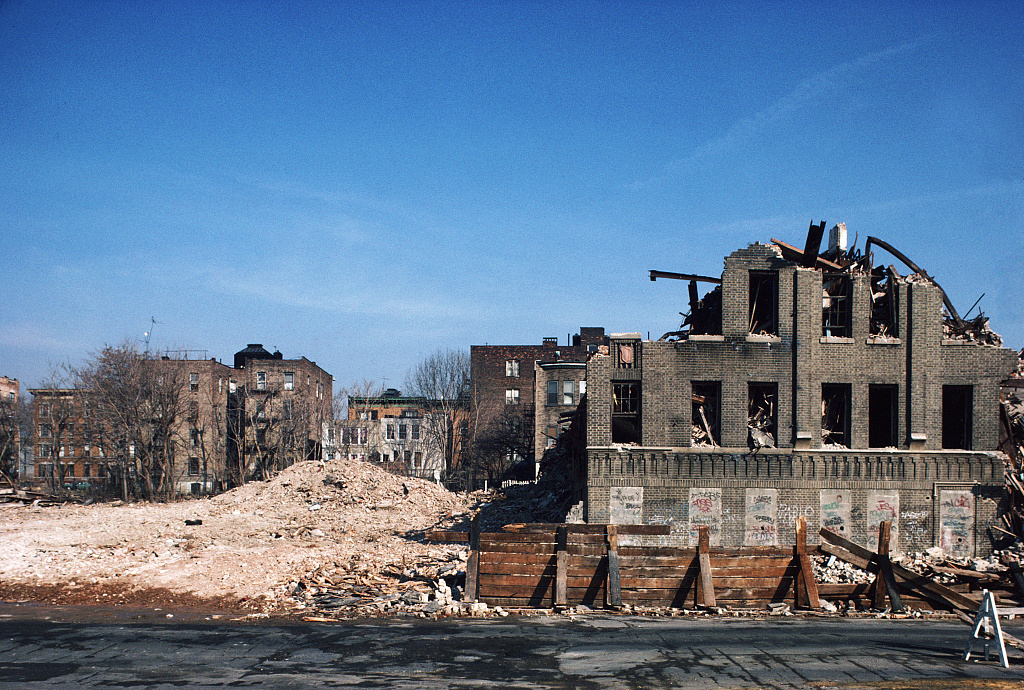
Vyse Ave. at East 178th St., South Bronx, N Y, January 1986
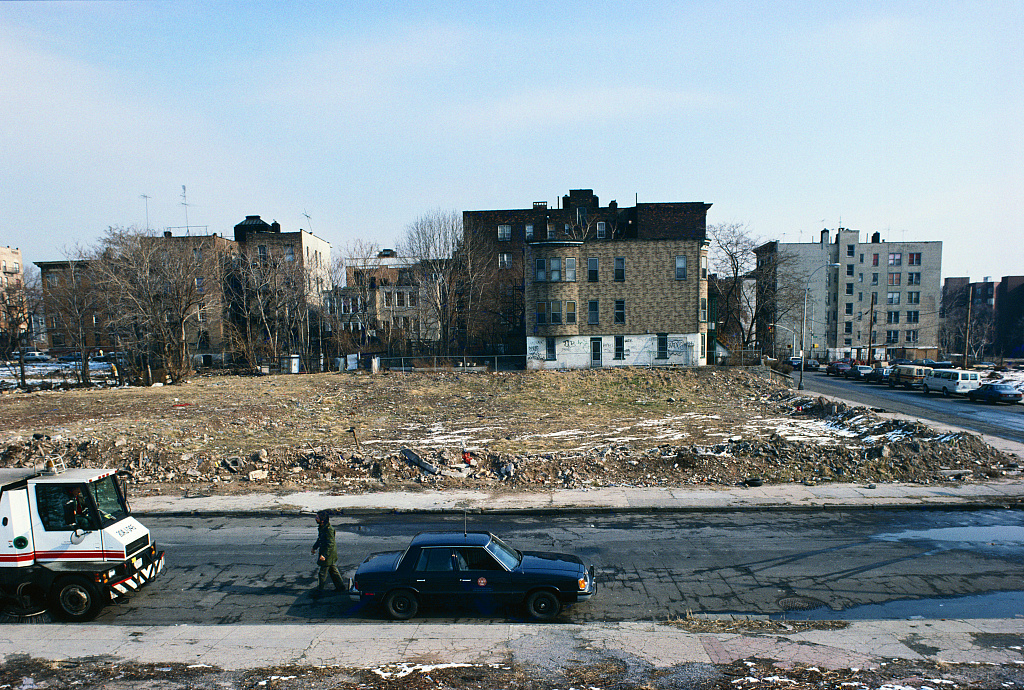
Vyse Ave. at 178th St., South Bronx, March 1988
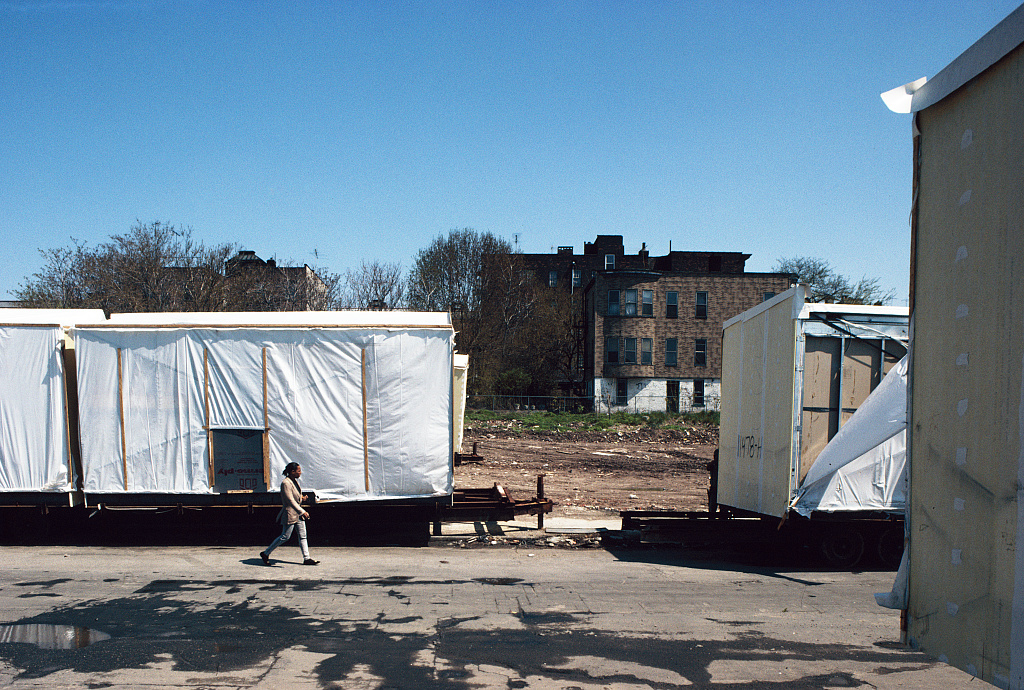
Vyse Ave. at 178th St, South Bronx, May 1991
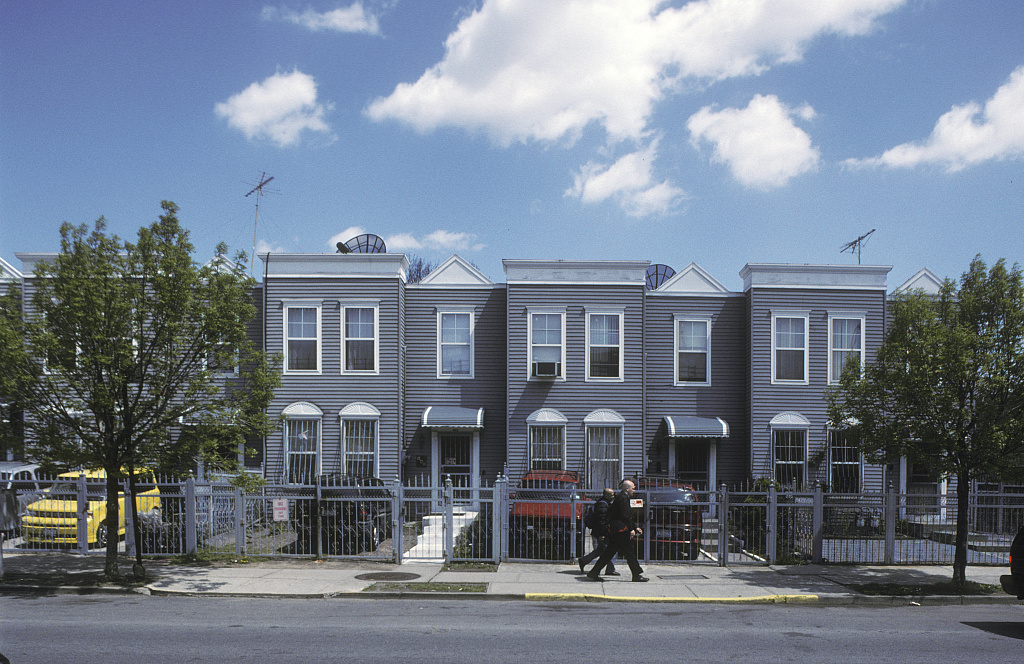
Vyse Ave. at E. 178th St., South Bronx 2005
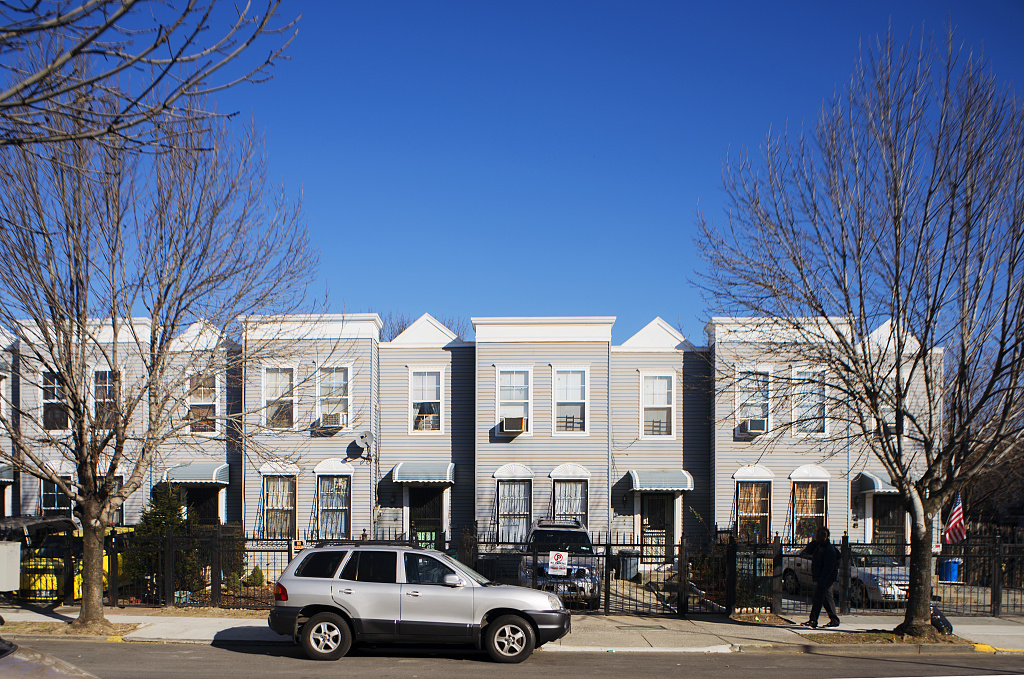
Vyse Ave. at East 178th St., South Bronx, 2013
via: ArchNewspaper, Storefront and LoC.
Would you like to support Flashbak?
Please consider making a donation to our site. We don't want to rely on ads to bring you the best of visual culture. You can also support us by signing up to our Mailing List. And you can also follow us on Facebook, Instagram and Twitter. For great art and culture delivered to your door, visit our shop.
